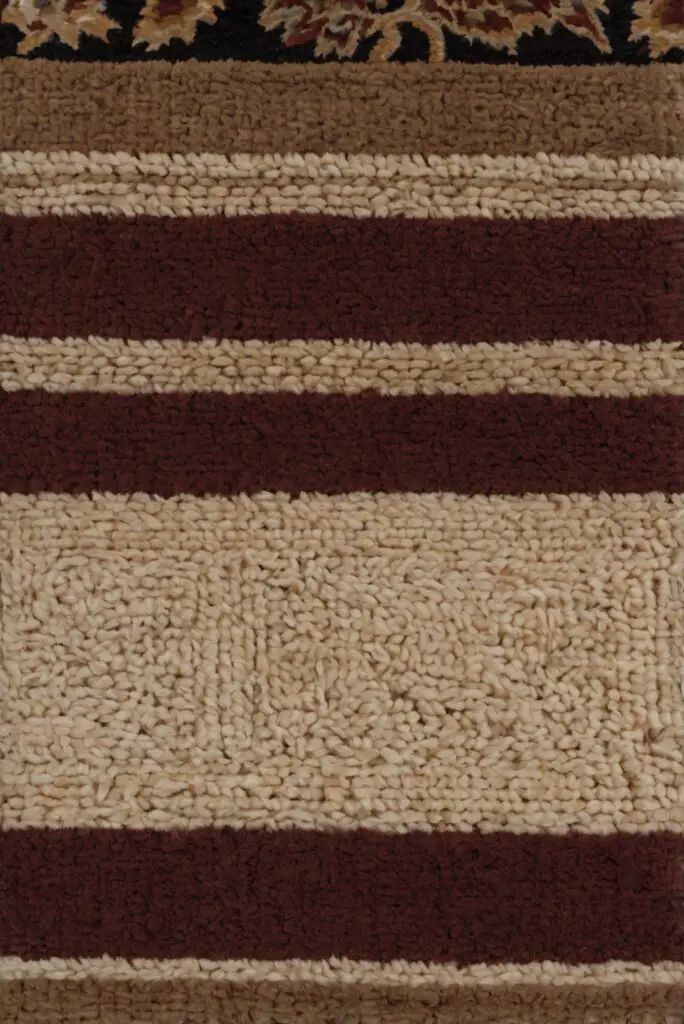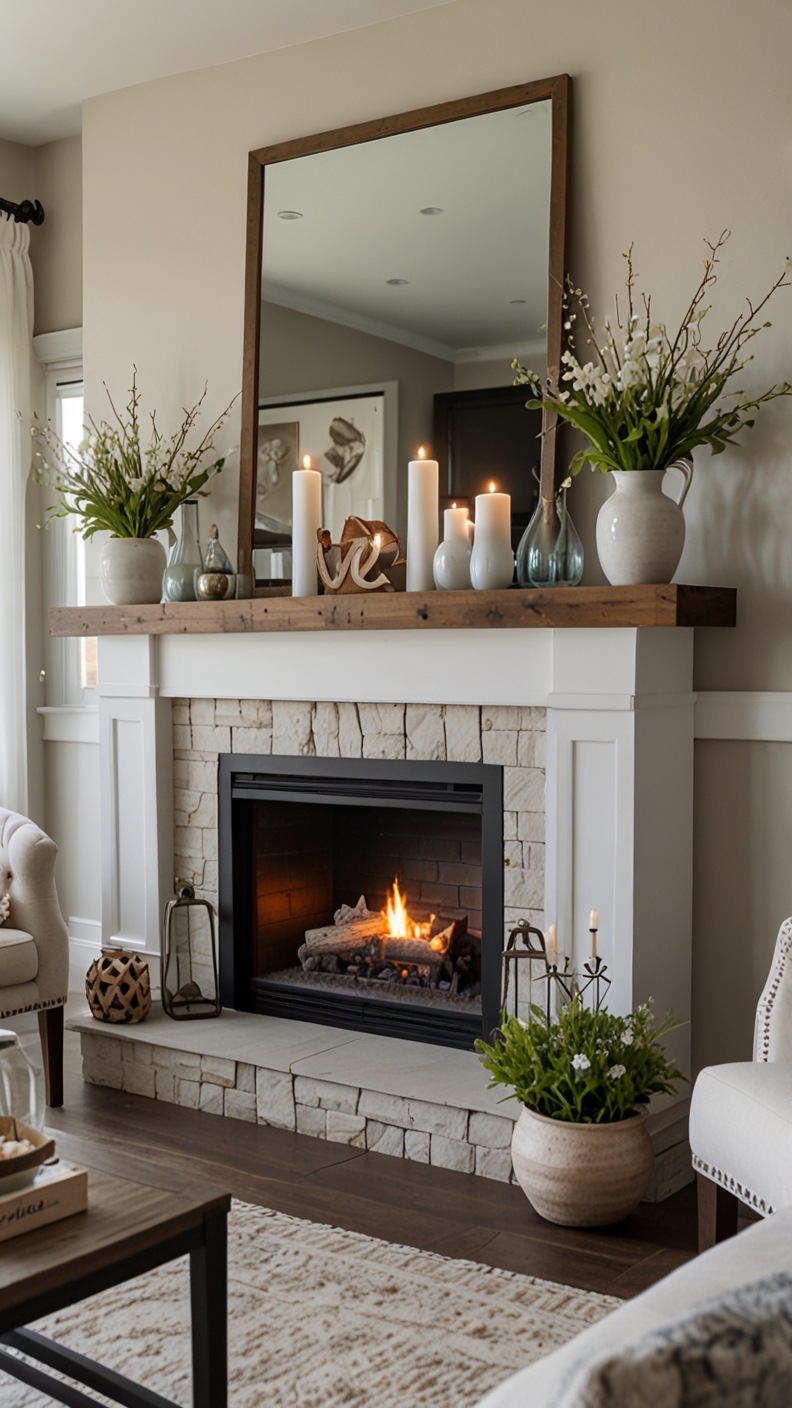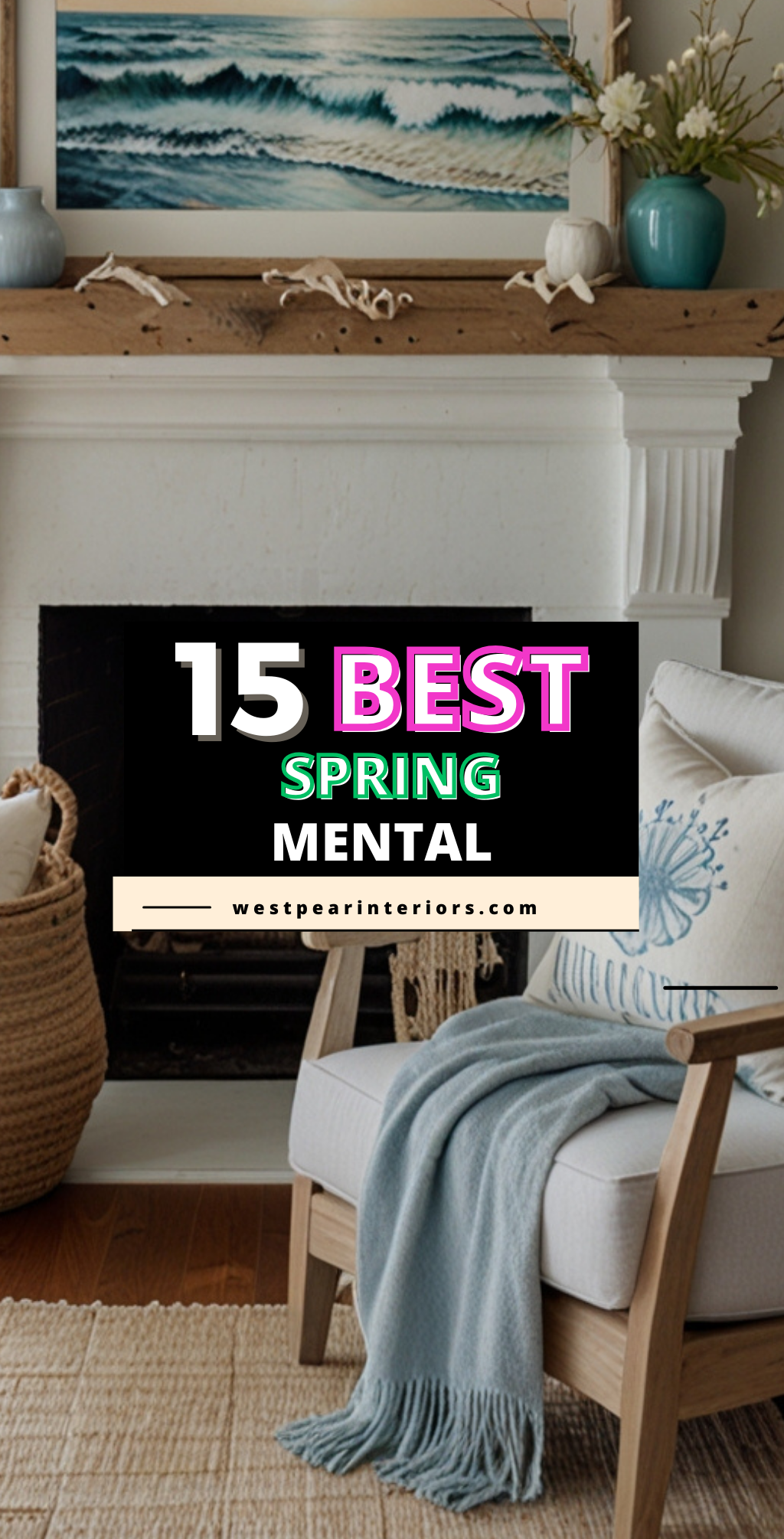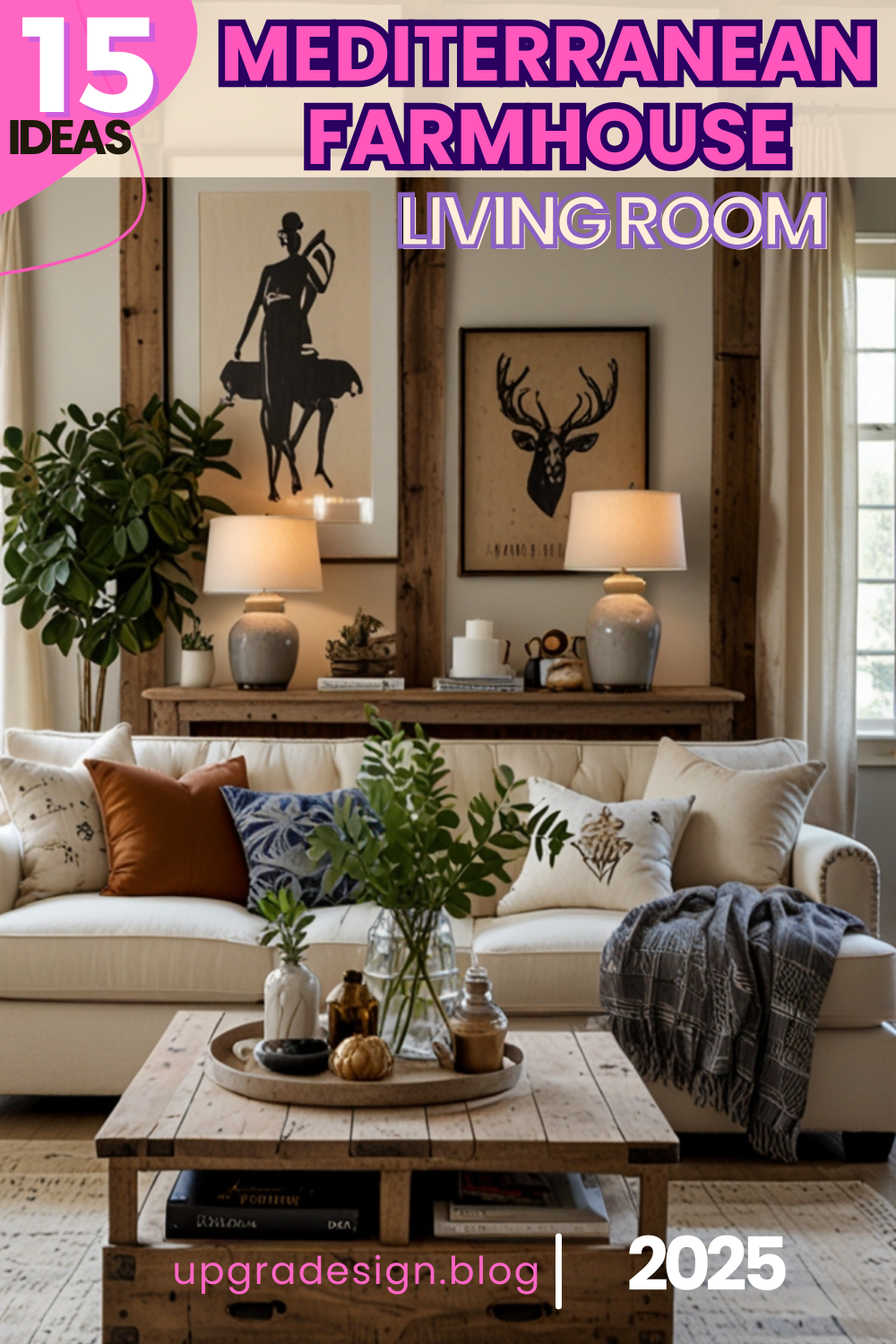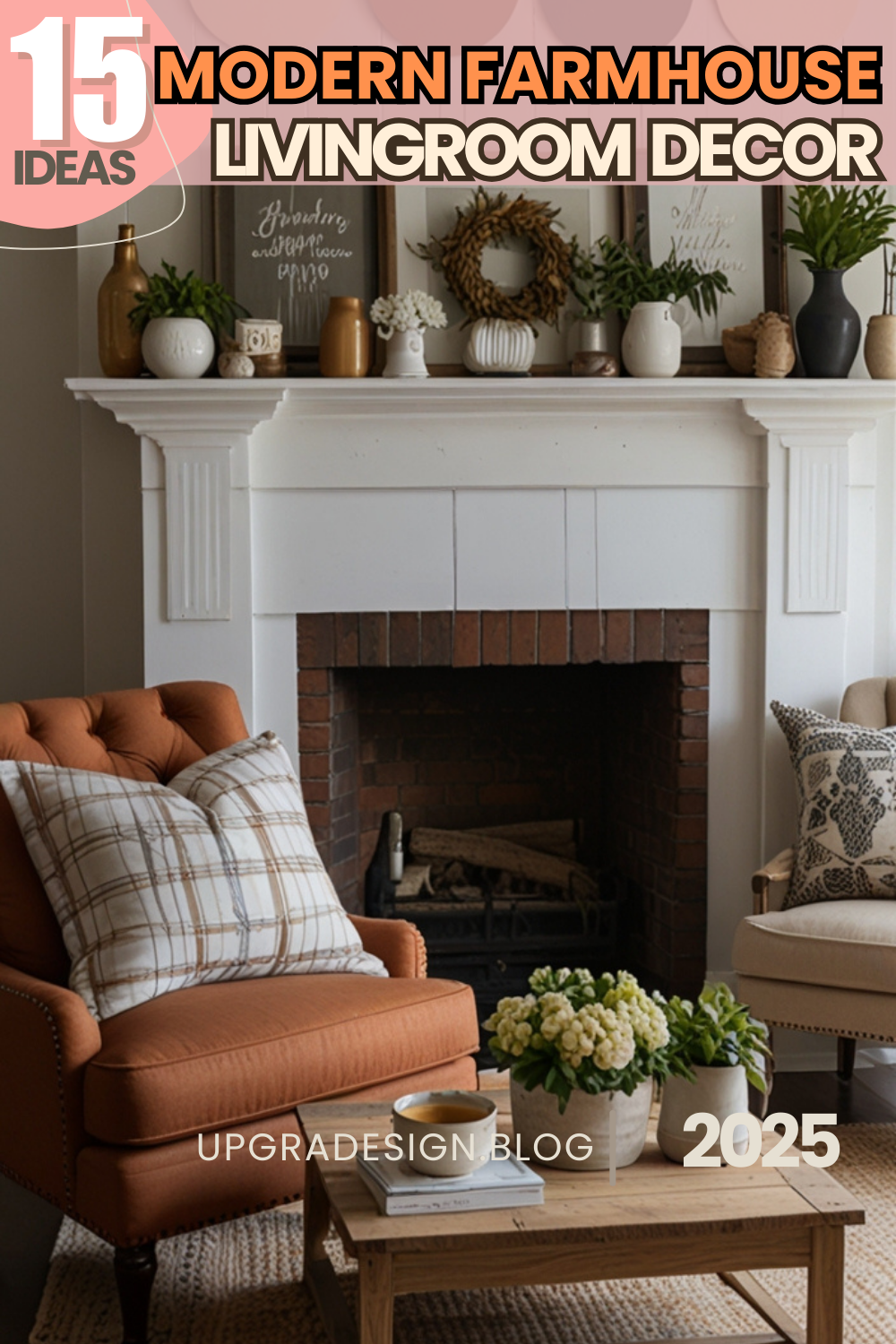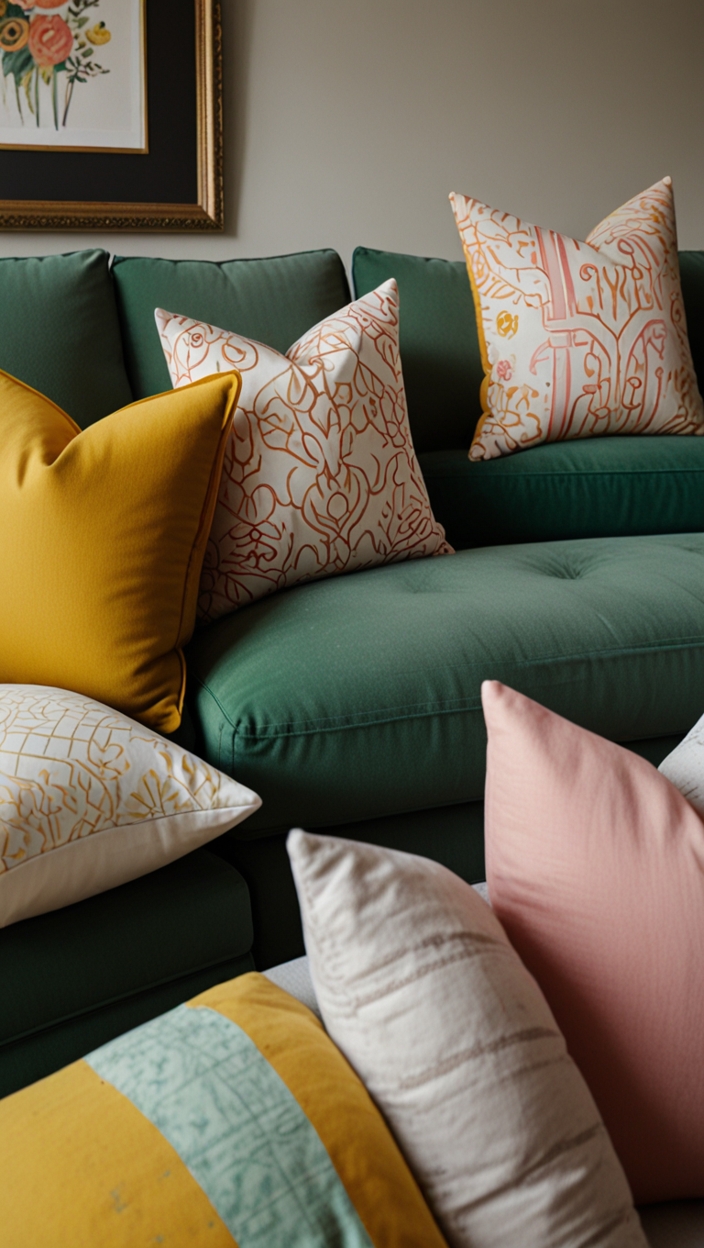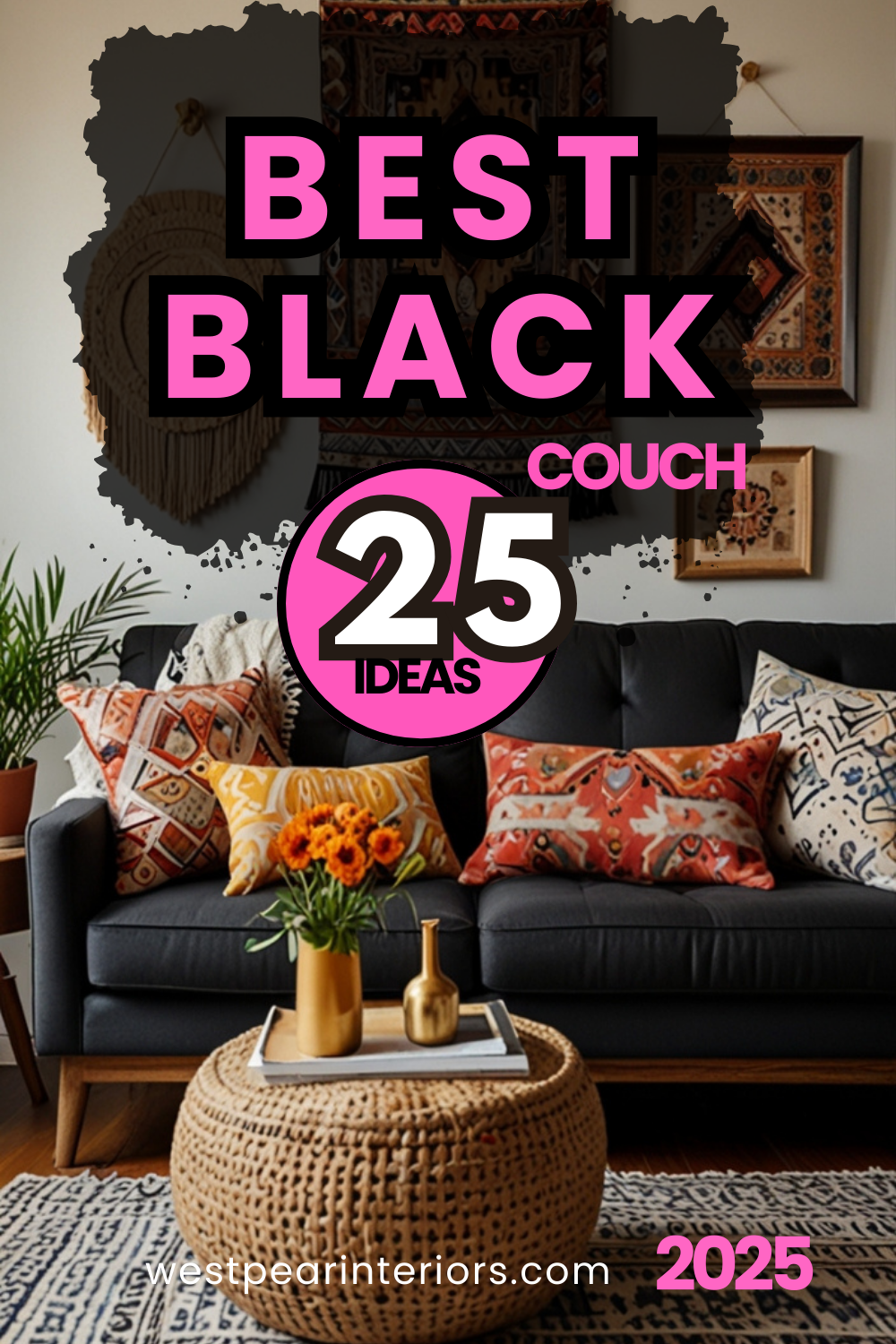Discover the perfect rug styles for a transitional living room. From subtle neutrals to bold patterns, elevate your space with this essential décor element.
**What Are the Best Rug Styles for a Transitional Living Room?**
The best rug styles for a transitional living room are neutral-colored rugs with subtle patterns. These rugs can complement various design elements and furniture pieces in the room. Additionally, consider using a rug with a medium pile height for added comfort. To enhance the transitional look, opt for rugs with a mix of traditional and modern designs. Incorporating rugs made of natural materials like wool or jute can also bring warmth to the space. Properly sizing the rug to fit the room’s dimensions is crucial for a balanced and cohesive design. When selecting a rug, ensure it harmonizes with the overall color scheme and style of the living room.
My Lovely Spring Paint for 2025
Ready for a Spring Makeover? Explore the Freshest 2025 Paint Trends!
White Sage/Green SW Pistachio green Soft blue Honeysweet/Orange Pink Sugar Sage Tint BMAs an Amazon Associate, I may earn a commission from qualifying purchases at no extra cost to you.
—
How to choose the best rug style for a transitional living room?
Choosing the best rug style for a transitional living room involves considering the balance between traditional and contemporary elements. Here are some key points to help you make the right choice:
- Blend of Styles: Look for rugs that incorporate both traditional and modern design elements. Transitional rugs often feature traditional patterns with a contemporary color palette or modern motifs with a classic twist.
- Neutral Colors: Opt for rugs in neutral colors like beige, gray, or cream to create a harmonious backdrop for various furniture styles and colors.
- Texture: Consider rugs with a mix of textures such as wool, silk, or natural fibers to add depth and visual interest to the room.
- Size: Ensure the rug is the right size for the living room—typically large enough to fit all furniture or at least the front legs of the major pieces on the rug.
- Pattern Scale: Choose a rug with a pattern scale that complements the size of the room and furniture. Large rooms can handle larger patterns, while smaller rooms may benefit from smaller-scale designs.
- Durability: Select a rug material that is durable and easy to clean, especially in a high-traffic area like the living room.
What are the benefits of using a transitional rug style in a living room?
Transitional rug styles offer numerous advantages for a living room setting:
- Versatility: Transitional rugs blend seamlessly with various furniture styles, allowing you to easily update your decor without changing the rug.
- Timeless Appeal: These rugs strike a balance between classic and contemporary design, ensuring they remain stylish for years to come.
- Flexibility: Transitional rugs can work in different rooms or areas of the house if you decide to redecorate or move.
- Harmonious Look: They create a cohesive look by tying together diverse design elements in the room, enhancing overall visual appeal.
- Comfort: Many transitional rugs are made from soft materials like wool or silk, providing a cozy surface for lounging or walking barefoot.
Can I mix different rug styles in a transitional living room?
My fAV Spring DECOR for 2025
Discover Spring’s Best 2025 Decor Combinations – Perfect for Any Room!
Oversized Indoor Plants White Curved Sofas Rugs BOH Brown Cream Moroccan Hype Boho Rug Outdoor Patio Furniture Sets Topfinel Pillow CoversAs an Amazon Associate, I may earn a commission from qualifying purchases at no extra cost to you.
Mixing rug styles in a transitional living room is possible but requires careful consideration to maintain a cohesive look:
- Choose rugs with a similar color palette or complementary tones to create harmony between the different styles.
- Ensure that the sizes of the rugs are appropriate and do not overwhelm the space or clash with each other.
- Consider using rugs with varying textures to add depth and visual interest while maintaining a sense of unity.
- Experiment with layering rugs—for example, placing a smaller, patterned rug on top of a larger, solid rug—to combine different styles effectively.
- Balance the overall look by keeping the rest of the room’s decor cohesive and coordinating with the mixed rug styles.
How to coordinate rug styles with existing furniture in a transitional living room?
When coordinating rug styles with existing furniture in a transitional living room, consider the following tips:
- Color Matching: Choose a rug color that complements the existing furniture to create a cohesive color scheme in the room.
- Pattern Coordination: Ensure that the rug pattern does not clash with the patterns on your furniture upholstery or curtains. If your furniture has bold patterns, opt for a more subdued rug design and vice versa.
- Size Considerations: Select a rug size that fits well with the furniture layout, leaving enough space around the edges to frame the seating area.
- Style Harmony: Balance the overall style of the room by blending traditional and modern elements in both the rug and furniture choices.
- Texture Contrast: Mix and match textures between the rug and furniture to add dimension and visual interest to the space.
What are the risks of choosing the wrong rug style for a transitional living room?
Choosing the wrong rug style for a transitional living room can lead to several undesirable outcomes:
- Clashing Design Aesthetics: A mismatched rug style may clash with the rest of the room’s decor, creating an unharmonious look.
- Visual Overload: An overly busy or intricate rug pattern can overwhelm the space, especially if the room already has multiple focal points.
- Color Confusion: Selecting a rug with conflicting colors can disrupt the color scheme of the room and make it feel disjointed.
- Poor Scale: Choosing a rug that is too small or too large for the room can throw off the furniture arrangement and make the space feel unbalanced.
- Durability Issues: Opting for a low-quality rug material that is not suitable for high-traffic areas can lead to premature wear and tear, requiring frequent replacement.
How to maintain and clean a transitional rug in a living room?
Proper maintenance and cleaning are essential to preserve the beauty and longevity of a transitional rug in a living room:
- Regular Vacuuming: Vacuum the rug weekly to remove dirt, dust, and debris that can accumulate and damage the fibers.
- Rotate the Rug: Rotate the rug every 6-12 months to ensure even wear and prevent excessive fading in high-traffic areas.
- Spot Cleaning: Attend to spills immediately by blotting them with a clean cloth and mild detergent. Avoid rubbing the spill, which can spread the stain.
- Professional Cleaning: Schedule professional rug cleaning at least once a year to deep clean and maintain the rug’s condition.
- Avoid Direct Sunlight: Prevent prolonged exposure to direct sunlight, which can cause colors to fade and damage the rug fibers over time.
Why is it important to consider the color scheme when selecting a rug style for a transitional living room?
The color scheme plays a crucial role in choosing a rug style for a transitional living room due to the following reasons:
- Visual Cohesion: A rug that complements the existing color palette in the room helps create visual harmony and ties the space together.
- Focal Point: The rug can serve as a focal point in the room, drawing attention to its design and color, so it should align with the overall color scheme.
- Mood Setting: Colors evoke different moods and feelings, so selecting the right rug color can influence the ambiance and atmosphere of the living room.
- Room Size Perception: Light-colored rugs can make a small room feel more spacious, while dark colors can add coziness and intimacy to a large space.
- Accentuating Decor Elements: The rug’s color can accentuate or complement other decor elements like artwork, curtains, or furniture upholstery, enhancing the room’s overall aesthetic.
Key Takeaways
- Balance: Choose a rug style that strikes a balance between traditional and contemporary elements for a transitional living room.
- Versatility: Transitional rugs offer flexibility in decor styles and can work well with various furniture types.
- Color Harmony: Consider the color scheme of the room when selecting a rug style to create visual cohesion.
- Maintenance: Regular cleaning and maintenance are essential to preserve the rug’s beauty and longevity.
- Experimentation: Don’t be afraid to mix different rug styles or layer rugs to create a unique look in the living room.

